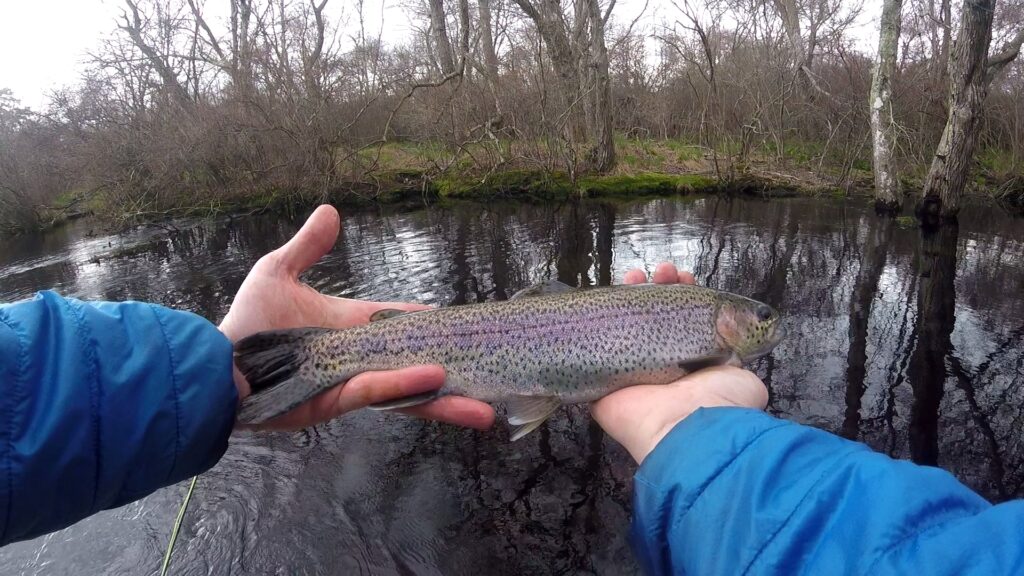Now that most people in the northeast are preparing for winter you are probably not doing as much fishing but there is still plenty of time to keep honing your skills. One of the most important skills in fly fishing is the ability to cast accurately, as this allows you to place your fly in the perfect spot to entice fish. In this blog post, we will provide some tips on how to improve your fly fishing casting accuracy.
- Practice, practice, practice! The more you practice your casting, the better you will become. Make sure to find a safe and open area to practice, where you won’t disturb anyone or damage any property.
- Pay attention to your stance. When you are casting, your stance is crucial. Make sure to stand with your feet shoulder-width apart, and with your weight evenly distributed on both feet. This will give you the stability and balance you need to cast accurately.
- Use your wrist. Many beginning fly fishermen make the mistake of using their entire arm to cast. However, the key to accurate casting is to use your wrist to flick the fly line forward. This will give you much better control and accuracy.
- Focus on your target. As you are casting, it is important to focus on your target. Visualize where you want the fly to land, and focus on that spot as you cast. This will help you to stay focused and make more accurate casts.
- Use the right equipment. In order to cast accurately, you need to use the right equipment. Make sure to choose a fly rod and line that are well-matched and suitable for the type of fishing you are doing.
By following these tips, you can improve your fly fishing casting accuracy and increase your chances of success on the water. Happy fishing!

